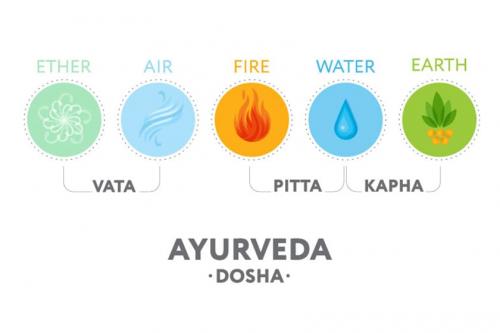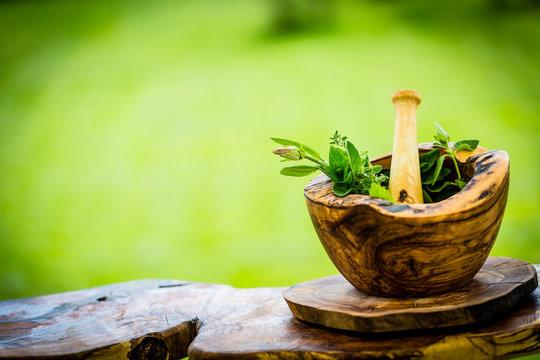Balance Your Dosha: The Ayurvedic Approach to Skincare

For centuries, Ayurveda, the ancient Indian system of holistic medicine, has offered a unique approach to health and well-being. This wisdom extends to skincare, promoting a natural and balanced approach to achieving radiant, healthy skin. Unlike conventional products that focus solely on external factors, Ayurveda delves deeper, recognizing the connection between the skin and our inner state of being.
Understanding the Doshas: The Key to Personalized Skincare
Central to Ayurvedic beauty is the concept of doshas. These are the three mind-body energies – Vata, Pitta, and Kapha – that govern our physical and psychological characteristics. Identifying your dominant dosha is crucial for creating a personalized skincare routine.
- Vata Dosha (Air & Ether): People with Vata-dominant skin tend to have dry, thin, and easily irritated skin. They may experience flakiness and sensitivity during cold or windy weather.
- Pitta Dosha (Fire & Water): Pitta-dominant skin is often sensitive, prone to redness, and susceptible to sun damage. Breakouts and blemishes can also be a concern.
- Kapha Dosha (Earth & Water): Kapha-dominant skin is naturally oily and thick, but can also be prone to congestion and blackheads.
Ayurvedic Skincare Rituals: Nourishing from Within
Ayurveda advocates for a multi-pronged approach to skincare, combining external nourishment with internal practices:
1. Dinacharya (Daily Routine): This includes practices like self-massage (abhyanga) with Ayurvedic oils like coconut or sesame to improve circulation and promote detoxification.
2. Facial Cleansing: Gentle cleansers using natural ingredients like chickpea flour (besan) or sandalwood powder remove impurities without stripping away natural oils.
3. Ayurvedic Face Masks: These masks, made with herbs and clays specific to your dosha, address individual skin concerns. For example, a Vata-balancing mask might include moisturizing ingredients like honey and avocado, while a Pitta-balancing mask might contain cooling agents like cucumber and sandalwood.
4. Facial Toners: Rose water or herbal infusions act as natural toners, balancing the skin's pH level and preparing it for further nourishment.
5. Moisturizing: Depending on your dosha, you might use light oils like almond oil for Vata, soothing aloe vera gel for Pitta, or a heavier cream like kumkumadi tailam for Kapha.
6. Internal Harmony: Eating a balanced diet according to your dosha, staying hydrated, and managing stress are all crucial for healthy, radiant skin.
The Benefits of Ayurvedic Beauty
Ayurvedic beauty offers several advantages over conventional routines:
- Holistic Approach: It addresses the root cause of skin concerns rather than just masking symptoms.
- Natural Ingredients: Free from harsh chemicals and synthetics, Ayurvedic beauty products are gentle and suitable for even sensitive skin.
- Personalized Regimen: By catering to your unique dosha, you achieve optimal results.
- Sustainable Practices: Many Ayurvedic ingredients are readily available and eco-friendly.
Bottom Line
Ayurvedic beauty is not a quick fix; it's a journey towards a deeper connection with your body and skin. By understanding your dosha and incorporating these practices into your routine, you can achieve a healthy, natural glow that reflects your inner well-being. Remember, consistency is key! With dedication and patience, Ayurveda can help you unlock the full potential of your skin's natural radiance.









Comments